What you should know before putting your child on a balance bike
| Vendula KosíkováBalance bikes have become popular among kids as well as among parents. These two-wheeled vehicles without pedals enable small explorers to practice coordination and balance necessary for riding a bike in future. They also make transport easier, though, shorten distances and most of all, they make children happy. What to pay attention to when selecting and using balance bikes? We asked podiatrist and physiotherapist Edita Prošková.
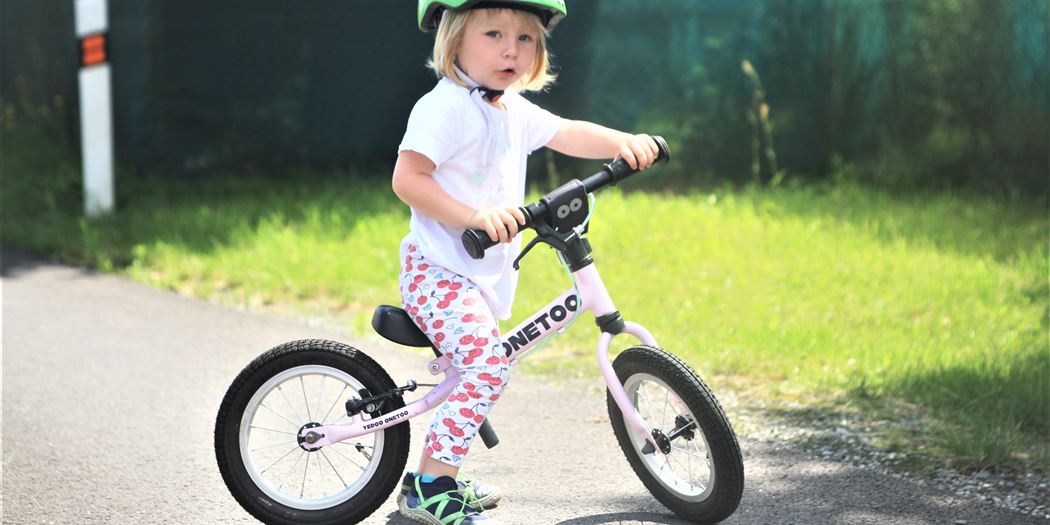
When to begin with riding a balance bike?
“Every child is unique and develops at a different pace, but in general, the child should first gain certainty and stability in walking. Only after 2 to 3 months of independent and steady walking even in light terrain does the time come for a balance bike. Before that time, healthy movement stereotypes may be distorted and the development of walking may be slowed down.”
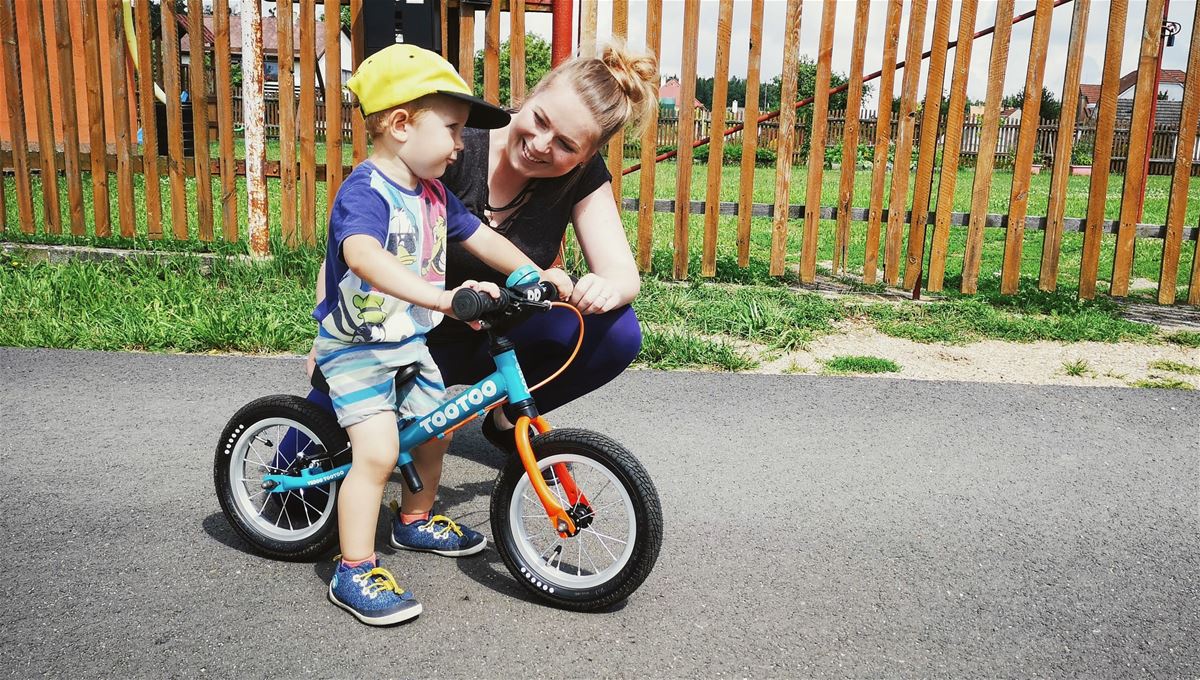
What to pay attention to when selecting a balance bike?
“The balance bike should mainly correspond to the size of the child. Ideally you should try the balance bike out directly in a specialized shop, where they will assist you with adjusting the height of the seat and handlebar, so that your child would sit upright, have slightly bent knees and both feet fully on the ground.
I recommend leaving out balance bikes of the type of plastic tricycles, which are too wide for children and usually also too low. When riding such a machine, the legs go into internal rotation in the hips, which contributes negatively to the x-shape position of knees, valgus ankles (inward turning heels) or flat feet.
Besides, three-wheel balance-bikes (unlike single track vehicles) are stable and do not force the child to balance – that is to seek balance and thus involve the muscles of the torso and the centre of the body. Due to muscle passivity, the pelvis is pushed forward and children hunch on them. Moreover, adjustability of plastic balance bikes is very limited.”
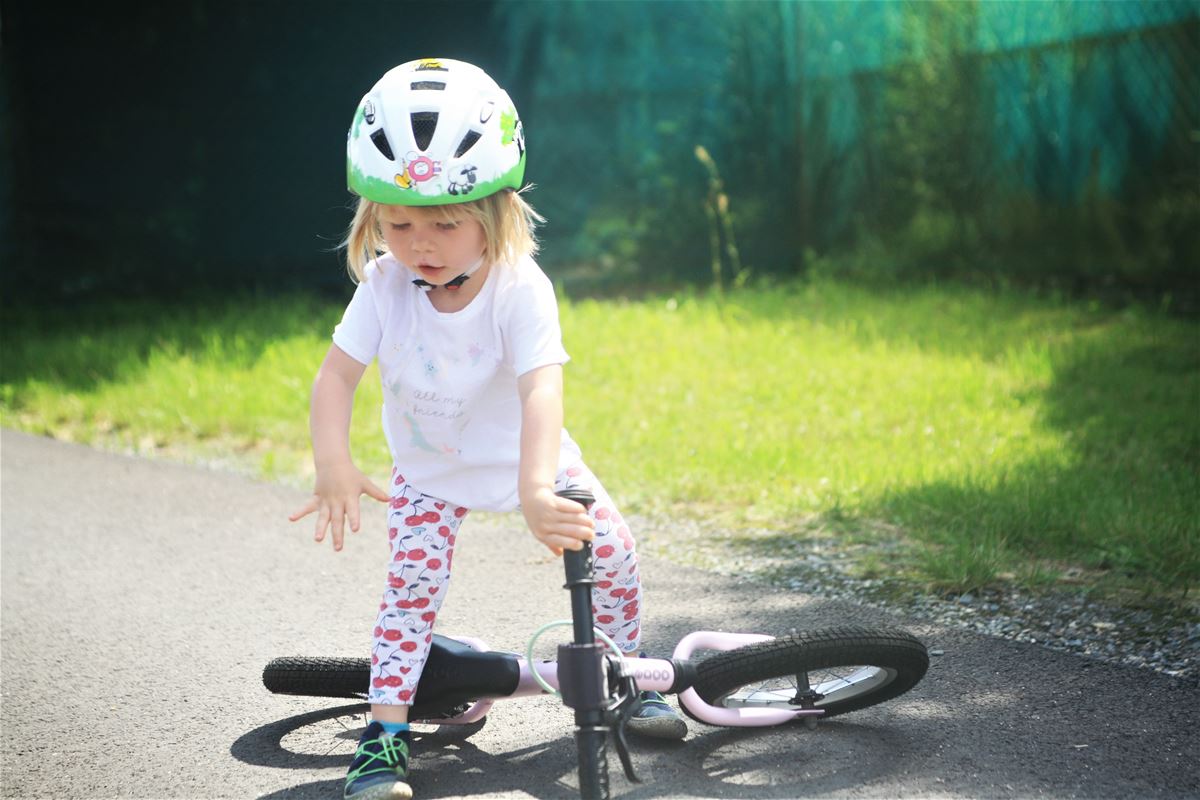
What to attend to when riding?
“See to it that your child does not push off from the inner edge or only from the tip of the foot. The push-off should be performed using the classic rolling mechanism similar to walking - over the heel, the outer edge of the foot and toes. The feet turn neither outward nor inward, remaining in parallel position.
TIP: In the very beginning, you may protect their shoes from scratching using a tape.”
Encourage your children to push off alternating the feet, not with both feet at the same time. In this way, they will maintain the so-called cross-body movement patterns and they will learn correct coordination.
Also, teach your children to use the hand brake as soon as possible, so they would not stop with the tips of their feet. Not only could they scratch their shoes, but they might also get injured, if their leg is twisted wrongly underneath them.
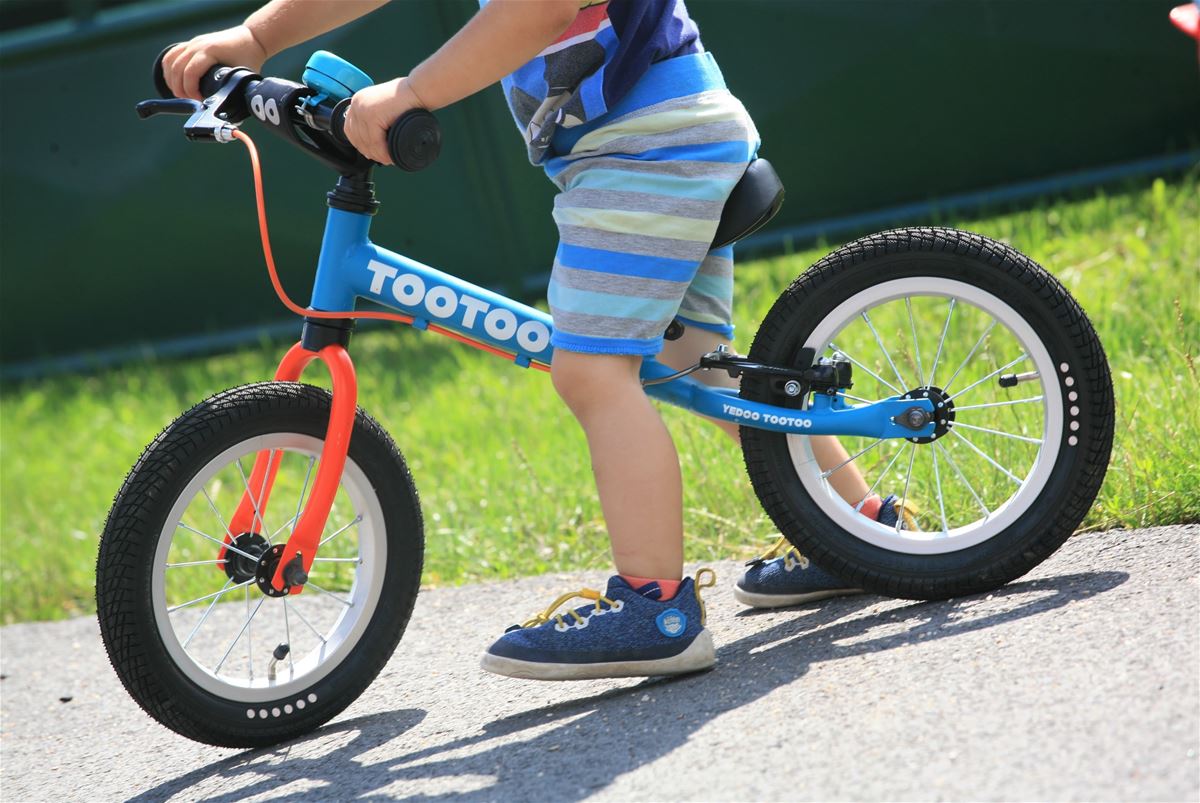
What type of footwear is the most suitable for riding a balance bike?
*Proprioception is the ability of the nervous system to register changes arising from movement and muscle activity and to adjust the position of the body according to the registered sensations. It is necessary for correct coordination of movement, muscle tone, the course of some reflexes, registration of a change of body position etc. The translation of the work literally means perceiving one’s own body: lat. proprius own; -ception.”
“Same as in the case of walking, when riding a balance bike, the most suitable footwear is that with flexible soles, which will enable children to make quality push-off that will involve the entire foot in the movement.
The tip of the shoes should be anatomically shaped (i.e. copying the shape of the foot) and ideally with zero drop (without heel), because a heel disturbs the natural position of the foot. The shoe should enable the child to maintain proprioception* of the foot, in order for the child to be able to react well to external stimuli.
How often and for how long should we let the child ride a balance bike?
*Iliopsoas – the largest hip flexor is a set of two relatively massive muscles: the psoas muscle and the iliacus muscle. The muscle inflects and adducts the hip joint. It has a big tendency to shortening, but on the balance bike or scooter, it is stretched, unlike on a bike, where the hip is constantly inflected.
“Luckily, children do not stick to one activity for a long time and in this way, they naturally protect themselves from one-sided burdening. You can see the balance bike as a great diversification and an excellent tool for development of the vestibular system and muscle coordination, but the most important thing for healthy development of the child is walking, which should prevail among child movement activities, especially in the current sedentary era.
Why is walking so important?
“When walking, the largest hip flexor, the so-called iliopsoas, which is often shortened in adults as well as kids due to frequent sitting, gets stretched.
A shortened iliopsoas* then causes an anterior tilt of the pelvis and subsequent bent in the lower back, which leads to an overall incorrect posture and it is also reflected in the position of the child’s legs. Muscles of the torso engage pathologically and this may lead for example to diastasis (separation of the rectus abdominis muscle) and other health issues.”
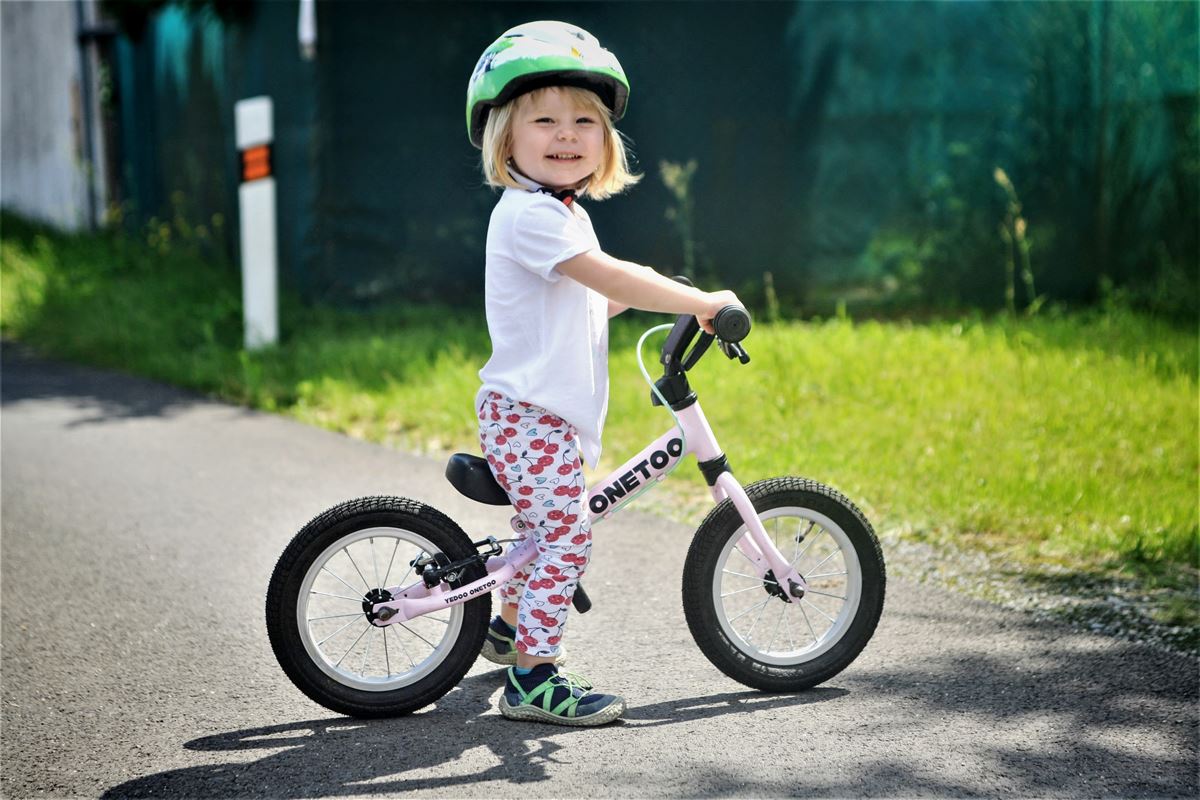
What are your final words of recommendation to parents?
Movement as nourishment for the brain
Research suggests that regular movement improves logical thinking, abstract thinking, as well as the ability to learn and solve problems. When we move, our brain needs to process a tremendous amount of information, which flows to it incessantly from all of our sensory organs. Blood circulation in the brain is promoted and new neural pathways created, which increase the functioning of the cerebral cortex, and thereby also natural intelligence.
“That they should encourage their children to engage in natural movement, which is the best for them in all respects. It develops motor skills, creativity and strengthens the entire locomotive system. Among targeted activities, I strongly recommend a climbing wall, athletics or sports at Sokol, for example. Riding a horse or riding a scooter etc. is also excellent. And the main thing is that they enable kids to develop universally for as long as possible. There is enough time for specialised sports at a later age.”

